














Science Secrets
The Truth about Darwin’s Finches, Einstein’s Wife, and Other Myths
University of Pittsburgh Press, 2011
Was Darwin really inspired by Galápagos finches?
Did Einstein’s wife secretly contribute to his theories?
Did Ben Franklin fly a kite in a thunderstorm?
Did a falling apple lead Newton to universal gravity?
Did Galileo drop objects from the Leaning Tower of Pisa?
Did Albert Einstein really believe in God?
Science Secrets answers these questions and many others. It is a unique study of how myths evolve in the history of science. Some tales are partly true, others are mostly false, yet all illuminate the tension between the need to fairly describe the past and the natural desire to fill in the blanks.
Science Secrets pits famous stories against extensive research from primary sources in order to debunk myths and accurately portray important episodes in the sciences. It analyzes how such myths grow and rescues neglected facts that are more captivating than famous fictions. Moreover, it shows why opinions that were once secret and seemingly impossible are now scientifically compelling. The book includes new findings related to the Copernican revolution, alchemy, Pythagoras, young Einstein, and other events and figures in the history of science.
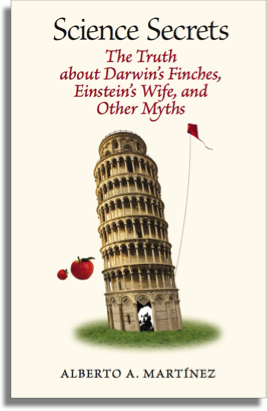








released May 2011
available at:


available at:
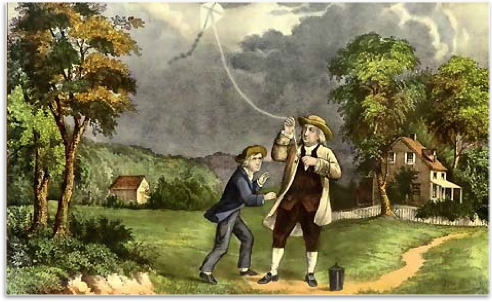

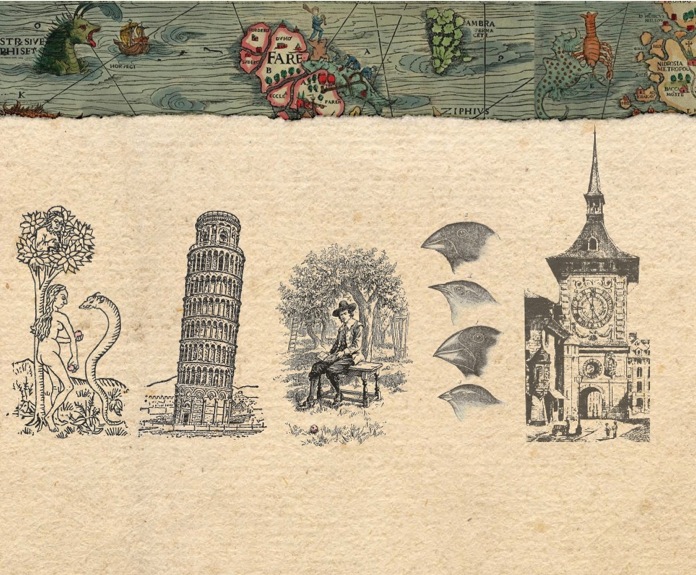


Advance Praise:
“Alberto Martínez has successfully completed a very difficult task. He has written a book concerning various myths about the history of science that will be very interesting to, and understood by, a generally educated reader. At the same time, his scholarship is so careful that the book will be of value to professional historians and philosophers of science. The episodes, which range from Galileo to Einstein, are fascinating and well chosen. I strongly recommend this book.”
— Professor Allan Franklin
University of Colorado
“Martínez does four valuable things in this book: he refutes several well-established myths and misunderstandings in the history of science, he finds a common thread to many of the older myths in a hidden history of Pythagoreanism, he shows how to detect such mistakes in the work of others, and how to avoid them in one’s own work. It is at once a work of solid scholarship and an education in how to do history of science and it can be read with pleasure and excitement by anyone who cares about the place of science in the modern world.”
— Professor Jeremy Gray
The Open University, United Kingdom
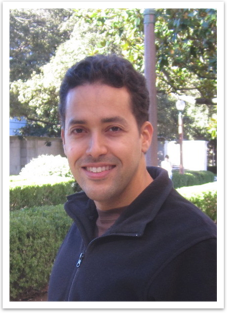

young Eve,
fruit, and the
Serpent, at the
Garden of Eden
young Galileo
and the Leaning
Tower of Pisa
young Newton
and the apple
at the garden
at Woolsthorpe
young Darwin
and finches of
the Galápagos
islands
young Einstein
and the
Zytglogge clock
tower of Bern
how do these stories evolve?



Book Reviews
“a laudable effort to separate the fragments of truth from the hype surrounding a number of eureka moments ... Martínez skillfully reveals how even the best biographers and writers make plausible but incorrect connections between historical events and often rely on their imagination instead of the facts. Martínez’s more truthful reconstructions of these mythlike stories about Newton, Einstein, Darwin, and other scientists are only a starting point for a fascinating analysis of the historical and social factors that created these legends and keep them alive. This book should be required reading for all college science majors. The author’s meticulous and engaging use of historical evidence will also appeal to history of science enthusiasts.”
“Busting scientific myths ... fascinating and thought-provoking book.”
Editors’ Pick: ”He carefully chips away at some venerable myths of science history to find the underlying facts. ... This book combines the best qualities of popular science writing with the thorough documentation that one would expect from a professional historian. Summing up: Highly Recommended.”
2011-2012 Bestseller in History of Science
“Martinez roots through primary source documents to tease apart fact and fiction in these myths. ... We often try to learn from these stories of success and failure. We seek the business equivalents of Galileo, Newton, and Darwin — legendary figures who will discover innovative ideas that will revolutionize an industry. ... In order to truly learn the lessons that corporate history has to teach us, it is important to act like historians.”
“entertaining reading and a serious inquiry ... intriguing ... almost any reader is likely to find something new. ... powerful food for thought for anyone who believes that historical scholarship is something more than telling engaging stories.”
“Martinez successfully debunks the myth around the role of Maric in Einstein’s formulation of relativity.”
“Martínez shows how bald tales are embroidered or contextualized into stories that catch the imagination and become authoritative and unchallenged. ... where others had doubted whether Charles Augustin Coulomb accurately reported his demonstration that electrical forces obeyed an inverse-square law, Martínez has actually been able to repeat it: replications of long-past experiments are tricky, so that vindication is worth celebrating. ... Martínez provides a reliable, informal, and knockabout route into history of science.”
“informative and entertaining, ... Martinez not only debunks or confirms common myths, ... he shows why opinions that were once secret and seemingly impossible are now scientifically compelling.”
“In writing that is engaging, deliberate, and fun, ... Readers can gain an understanding of both the concepts behind scientific breakthroughs and the nature of myths in general, as Martínez reconstructs truthful versions of discoveries that are equally as magical. ”
“particularly authoritative and interesting in this new book’s five essays on the myths surrounding Einstein. ... fascinating and thought provoking. ... he succeeds admirably in a deft manner with both a light touch and numerous insights. ”
“Martínez walks the reader into Einstein's thought experiments that brought him to his theory of special relativity, with surprising clarity and accessibility. And he demonstrates how historians dig for truth by explaining how the myth of Einstein's wife was created. If you like science or history, just a good story and its roots, you'll love Science Secrets.”
“narrates and debunks the myths prevalent among the public and among scientists ... To paraphrase a paleontological cliche ‘absence of evidence (of fossils) is not evidence of absence (of the existence and slow evolution of animals through stages)’, the fact that Einstein denies being an atheist did not mean that he was a ‘believer’ in God or in religion in the commonly understood sense of the words — a point Martinez makes with skill and agility.”
“In chapters with rich historical analysis and illustrations, Martinez falsifies many famous scientific stories... The book’s narratives are built on a solid basis of evidence and documentation, to thus undermine such myths and inform the public of the truths of science, with a scientific spirit.”
“myths are actually important because they serve a purpose... the reality is interesting too,... and that's a real strong point of the book, and I really enjoyed it, I found out interesting things that I hadn't known before.”
“History and science collide in this UT professor’s deft unraveling of our most enduring myths.”
Selected: “Significant University Press Title”
“Martínez has pointed his finger at interesting and often unexplored aspects of science history: Our urge to know leads us to interpolate facts and interpretations into history in a process of speculative invention. These interpolations get picked up, recycled, reinforced, and evolve until we cannot separate fact from fiction any more. Pythagoras is the patron saint of this process. It is more enjoyable to disentangle real history from these interpolations—and to understand why these interpolations were made in the first place—than to accept them and live with them. ”
“Alberto Martínez sets us straight on what’s fact, what’s myth, and which truths are indeed stranger than fiction.”
“Noteworthy Reads: A unique study of how myths have evolved in the history of science.”
“From Newton’s discovery of universal gravity to Einstein’s belief in God, Martínez analyzes, debunks and demystifies some of the most captivating legends in science.”







In March 2009, the Mellon Foundation awarded a major grant of $750,000 to the University of Pittsburgh Press, to begin publishing scholarly books in history of science.
Their publishing initiative is carried out in collaboration with the University of Pittsburgh’s Department of History and Philosophy of Science, one of the leading programs in the world in this field, together with the World History Center.
In 2010, Pittsburgh University Press selected Science Secrets to be “the flagship” book in the new history of science collection.
